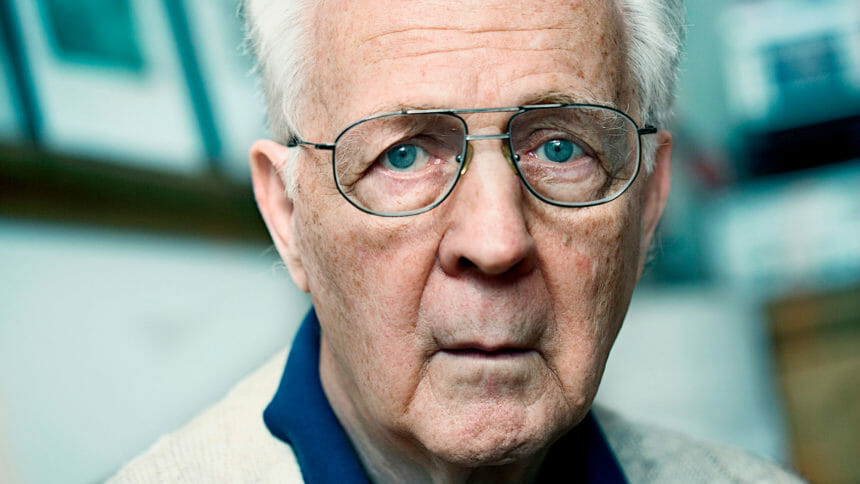
In theory, beneficiaries in private Medicare Advantage plans and Part D stand-alone prescription drug plans could be switching plans each year. But as a new Kaiser Family Foundation report shows, that is not what is happening.
Overall, a small share of MA-PD and PDP enrollees without low-income subsidies (8% and 10%, respectively) voluntarily switched to another plan during the 2016 annual open enrollment period for 2017, the report noted.
Authors suggest three possible explanations for the apparent inertia. One is contentment with the status quo. A second is that other options fall short. The third? Staying put is viewed as easier and less risky.
“Both Medicare Advantage and stand-alone drug plans can vary significantly in terms of premiums, deductibles, cost sharing, provider and / or pharmacy networks, and drugs covered, among other plan features,” the report noted. Although comparing these various factors simultaneously is the best way to maximize value and lower costs, the effort can be time consuming and challenging. That’s particularly the case for those with cognitive impairments or serious health needs.
The full report is available here.



